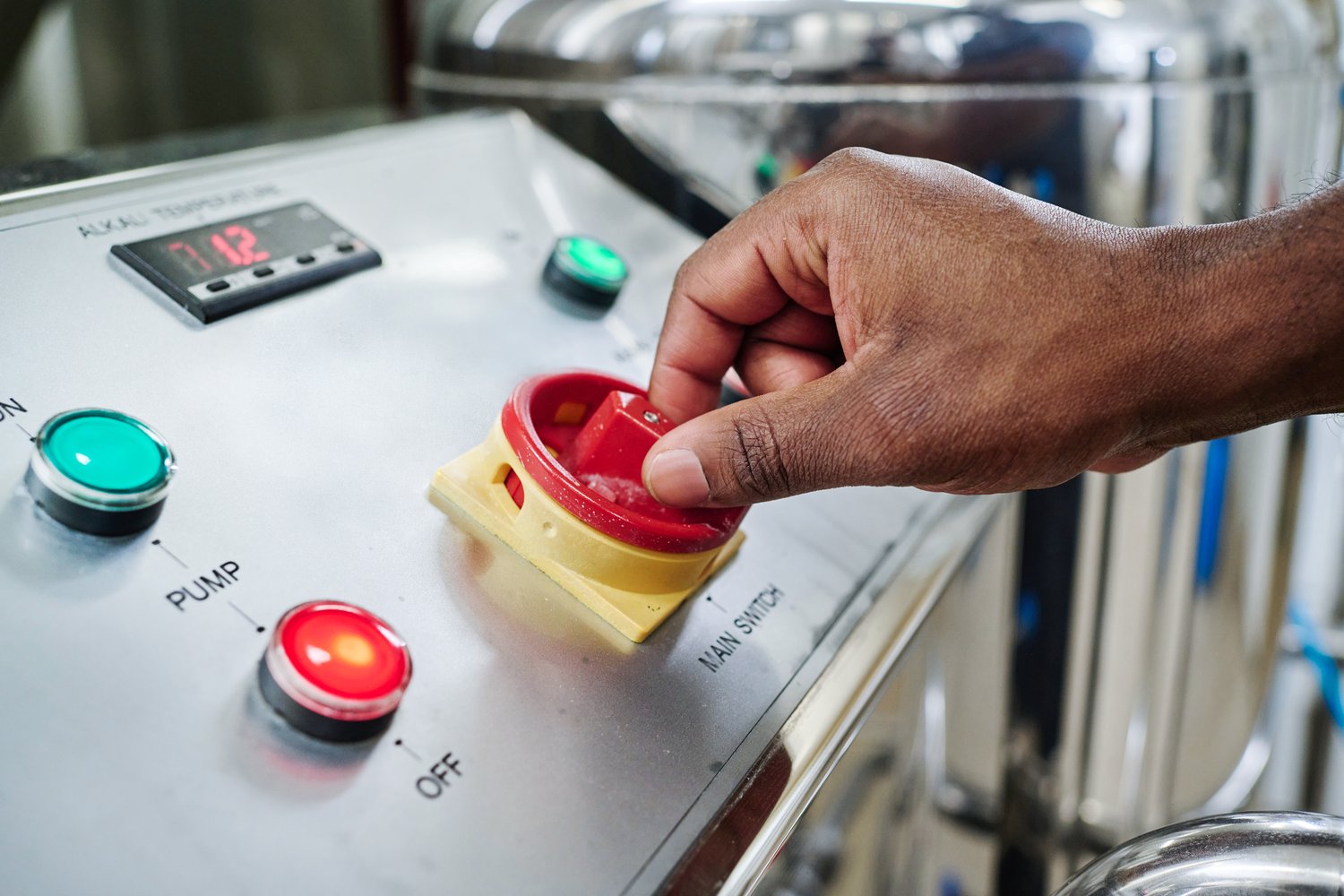Electrical safety is a fundamental aspect of home management, yet it’s often overlooked until a problem arises. Understanding how to test Ground Fault Circuit Interrupters (GFCIs) and Arc Fault Circuit Interrupters (AFCIs) can make a significant difference in preventing electrical hazards. These devices are vital components in safeguarding your home against potential shocks and fires. But how do you ensure they’re working as they should? Let’s delve into the essentials of keeping these safety measures in check.
- GFCIs and AFCIs play a critical role in preventing electrical shocks and fires, making their regular testing crucial for home safety.
- Learn the straightforward procedures you can use at home to test your GFCIs, ensuring they’re functioning effectively.
- Discover practical methods for checking the functionality of AFCIs within residential circuits to maintain a secure environment.
Through this article, you’ll gain practical insights into electrical safety maintenance, empowering you to protect your home and loved ones effectively. Let’s explore how simple checks can lead to a more secure living space.
The Importance of Testing GFCIs and AFCIs for Home Safety
Understanding the critical role of Ground Fault Circuit Interrupters (GFCIs) and Arc Fault Circuit Interrupters (AFCIs) in protecting against electrical hazards is vital for any homeowner. These devices are engineered to provide invaluable safeguards against potential dangers such as electrical shocks and house fires.
GFCIs are particularly designed to protect by detecting imbalances in electrical currents. When a discrepancy is spotted, they quickly cut the power, preventing the risk of electric shock.
Similarly, AFCIs focus on identifying arc faults, which are unintentional electrical discharges that could ignite combustible materials, leading to fires. By detecting these anomalies, AFCIs act as a preventive measure against potentially devastating incidents.
The significance of testing these devices regularly cannot be overstated. As a crucial part of home safety maintenance, ensuring the functionality of GFCIs and AFCIs helps secure your household from unexpected electrical mishaps. When these devices are routinely checked, they stand ready to perform their primary role—guarding your home and family against electrical threats.
How to Perform a GFCI Test at Home
Performing a GFCI test at home is a straightforward yet essential process that ensures your devices are in optimal working condition. Regular testing helps maintain the effectiveness of these safety devices, providing you peace of mind that your environment is protected from electrical accidents. Follow these steps to test your GFCIs:
First, locate the GFCI outlet in your home. Such outlets typically have “Test” and “Reset” buttons, often found in areas with higher moisture levels, like kitchens and bathrooms.
Next, press the “Test” button. This action should immediately cut the power to the outlet, indicating that the GFCI is operating correctly.
To verify the power cut, connect an appliance or device to the outlet. If it does not operate, the GFCI has tripped successfully, showing its functionality.
Finally, press the “Reset” button to restore power to the outlet. Reconnect your device to ensure the outlet now provides electricity.
Through these simple procedures, you maintain the integrity and safety of your electrical system. Regular testing protects your household from accidents linked to electrical faults, underlining its importance in your safety routine.
Effective Methods for Testing AFCIs in Residential Circuits
Arc Fault Circuit Interrupters (AFCIs) play a critical role in enhancing electrical safety by preventing electrical fires. Regular testing is essential to ensure these devices function correctly in safeguarding your home. In this section, we will explore various methods for testing AFCIs and outline the practical steps you should take.
Before commencing any testing, familiarize yourself with the electrical panel in your home, where the AFCIs are typically located. Identifying the breakers will be your first step towards ensuring effective tests.
Visual Inspection and Preparation:
Begin by visually inspecting the AFCIs. Check for any visible damage or wear that may impair their functionality. Ensuring the panel is clean and free from dust or debris that could interfere with the test is also essential.
Using the Test Button for Immediate Checks:
Most AFCIs are equipped with a built-in test button designed for immediate functionality checks. Press this button to simulate an arc fault. If the AFCI is operating correctly, it should trip immediately. This action will ensure that the device is capable of interrupting a circuit when an arc fault occurs, providing critical protection against electrical hazards.
Monthly Testing Routine:
Incorporate a monthly testing routine to maintain the reliability of your AFCIs. By pressing the test button monthly, you help to ensure they are responding properly to faults, thus offering ongoing protection.
Recognizing Signs of Faulty AFCIs:
Be vigilant for signs that an AFCI might not be operating correctly. Indications include breakers that trip frequently without apparent cause or any visible damage to the breaker itself. Any such occurrences should prompt immediate professional evaluation.
Regular testing not only helps maintain the efficiency of your AFCIs but also adds an essential layer of safety for your home, significantly reducing the risk of electrical fires. By following these guidelines, you ensure the ongoing protection of your home’s electrical circuits, keeping your property and loved ones safe.
Frequently Asked Questions about GFCI and AFCI Testing
What happens if a GFCI fails the test?
If a GFCI fails: It should be replaced immediately to ensure electrical safety. A failed GFCI may not protect against electrical shocks.
How often should I test my GFCIs and AFCIs?
Testing frequency: It is recommended to test GFCIs and AFCIs at least once a month.
Can I test GFCIs and AFCIs by myself?
Testing GFCIs: Yes, you can test them yourself using the test button. Testing AFCIs: It is advisable to hire a professional if you are unsure, as AFCI testing can be more complex.
Do all homes have AFCIs?
AFCIs in homes: Not all homes have AFCIs; they are more common in newer constructions according to recent code requirements.
What indicates that my AFCI is not working properly?
Signs of AFCI issues: Frequent tripping without an obvious cause can indicate a problem. Investigate further or consult an electrician.





